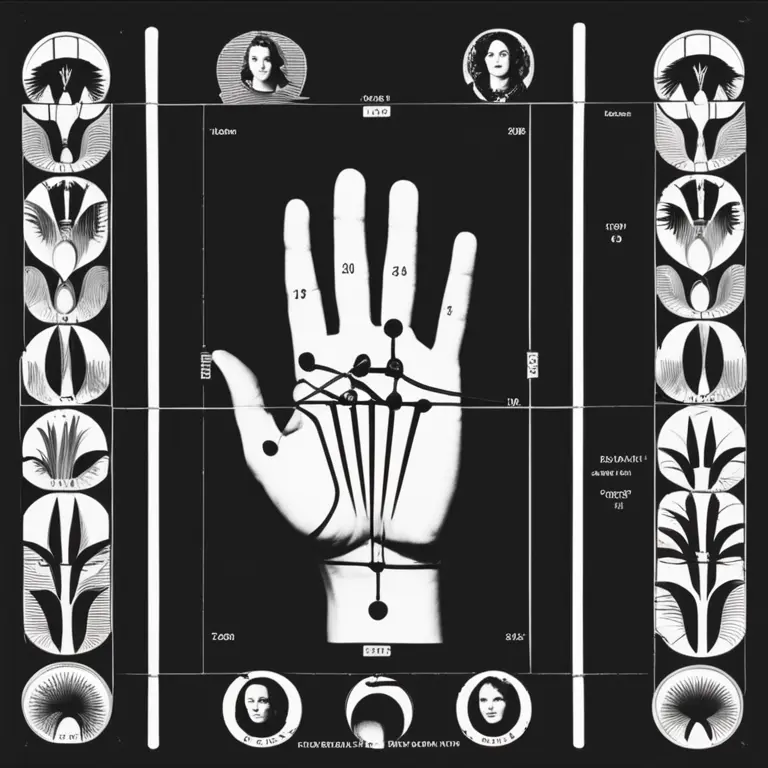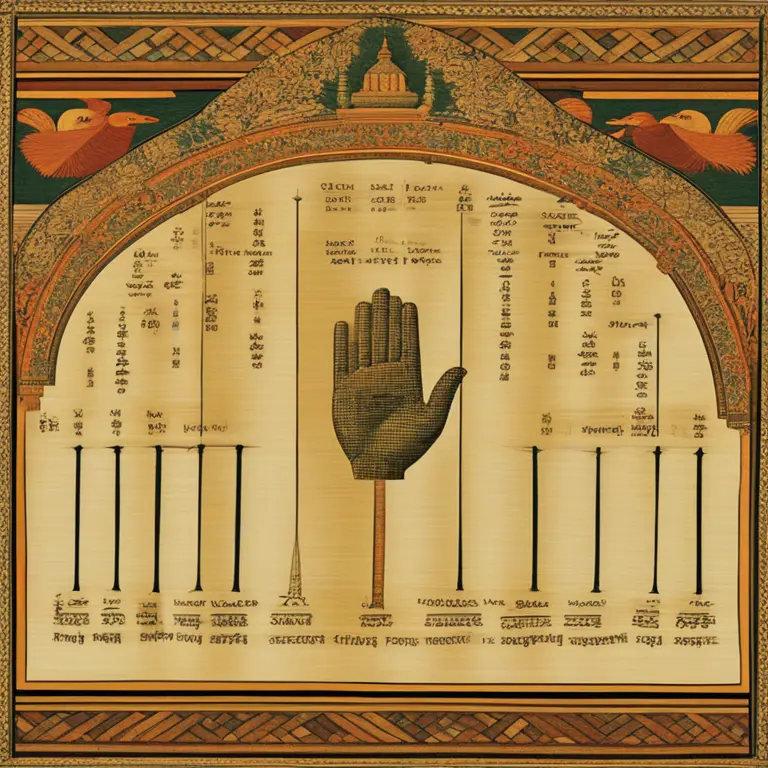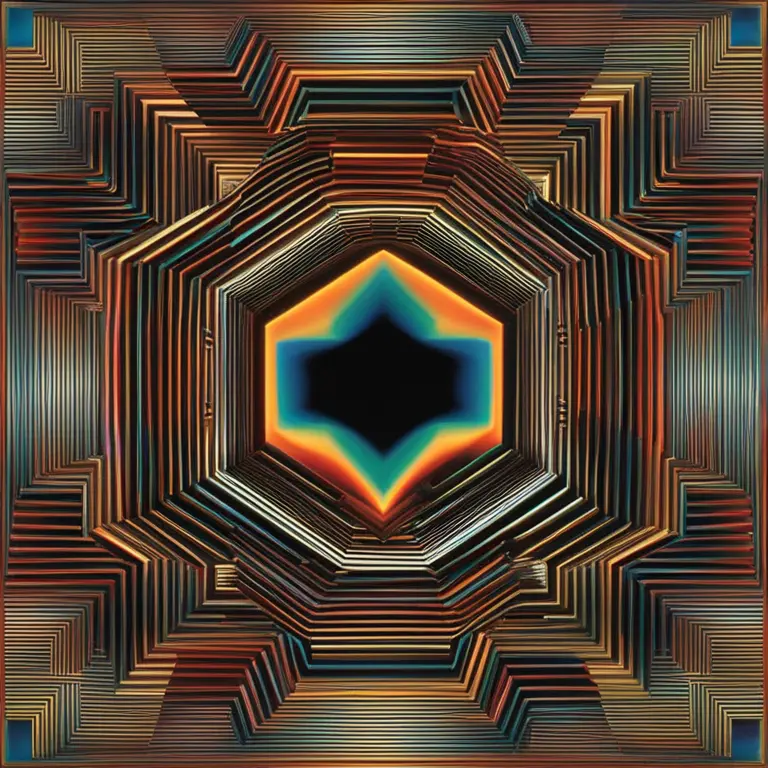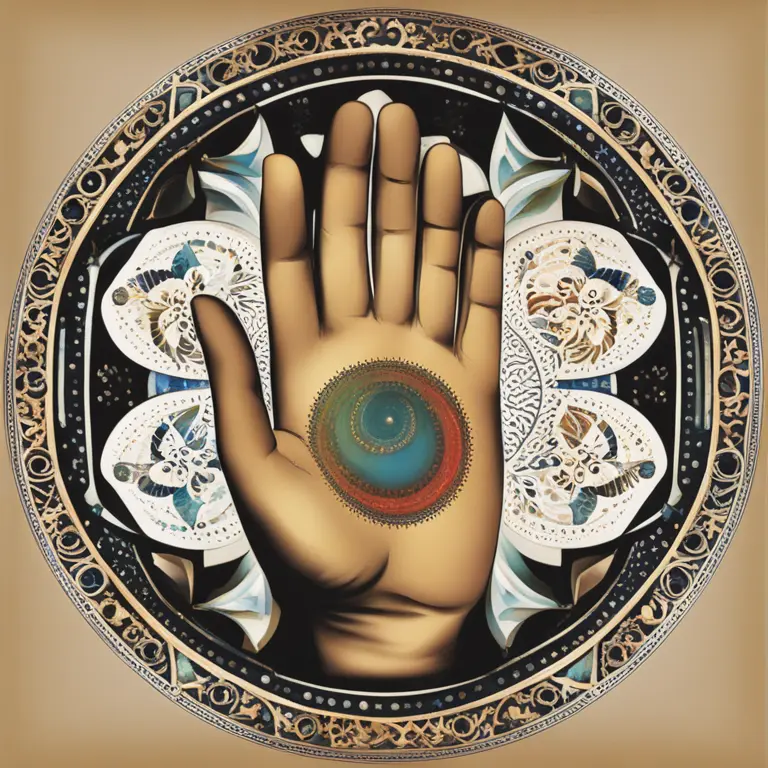
The Origins of Palmistry: Tracing its Roots
Discover the intriguing beginning of palmistry, its historical context, and the cultural beliefs that shaped this ancient practice.
article by Nora Pennington
The Dawn of Palmistry
Palmistry, also known as chiromancy or palm reading, is a practice as ancient as it is enigmatic. Historical records suggest that palmistry started in India, spread through the influence of Indian astrology, and later made its way to the Western world via Gypsy fortune-tellers. It was embraced by various cultures that imprinted their own traditions and understandings upon it, thereby enriching the tapestry of its existence. This blend of influences has led to the richly layered practice we recognize today, which continues to fascinate and guide those seeking insight into their lives.

Philosophical Foundations
The very inception of palmistry was closely knit with the philosophical and astrological teachings of the time. Thinkers, philosophers, and astrologists observed how the lines on a person’s hand could potentially signify the individual’s character and life path. The connection between a person’s palms and their destiny was rooted in the belief that the universe was interconnected; that a microcosm, such as a human hand, could reflect the greater cosmos and its workings.

Cultural Influence and Expansion
In the tapestry of palmistry's history, cultural exchanges have played a vital role. When Alexander the Great conquered parts of India, the practice was influenced by Greek astrology and philosophy, which eventually allowed it to disseminate into Europe. In ancient China, palm readings were incorporated into the broader context of traditional Chinese medicine, linked to the concepts of yin and yang as well as the five elements.

Palmistry's Revival in the Modern Era
The 19th century witnessed a rebirth of interest in metaphysical studies and esoteric knowledge, propelling palmistry into the spotlight. Figures such as Cheiro, a noted Irish palmist, reignited the fascination with what our palms could reveal. Thereon, palmistry evolved from forbidden lore to a subject of study and fascination. Contemporary palmistry often interfaces with psychological concepts, offering a more holistic approach than ever before.

Modern Acceptance and Practice
In today’s society, where individualism and spirituality merge more openly, palmistry offers personal insights and guidance. It’s no longer just a divinatory tool but a form of self-discovery and personal enlightenment. Shifts in societal attitudes towards metaphysical practices have allowed palmistry to emerge as a respected and sought-after spiritual pathway, with practitioners and enthusiasts valuing its potential for self-understanding and emotional wellness.
Scientific Perspective and Acceptance
Although skepticism still exists, the 21st century has seen a gradual softening of scientific resistance towards practices like palmistry. With research into topics like dermatoglyphics, the study of fingerprints and skin patterns, parallels between scientific inquiry and palmistic beliefs are slowly being drawn. This could be fostering a more receptive atmosphere towards the blending of ancient wisdom and modern knowledge in the ever-evolving landscape of human understanding.
Published: 1/11/2024
Modified: 1/12/2024
More predictions
Come back here soon to learn more about yourself and your future


The Possibility of Palmistry in Cancer Detection
Examining the claims that palmistry holds any potential in identifying the risk of cancer: a deep dive into the world of mysticism and medicine.


The Efficacy of Palmistry: Real Insight or Fancy?
Delve into the validity of palmistry as a form of divination. Is there a truth behind the lines on our palms, or is it just a charming fancy?


The Ancient Art of Vedic Palmistry
Discover the ancient art of Vedic Palmistry and its practice in the modern era, revealing the secrets held within the lines of the hand.